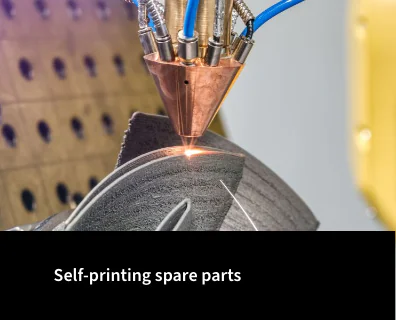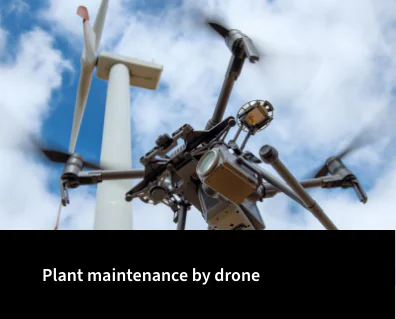
Self-service coffers and paying via smartphone are service innovations. Additive manufacturing processes and digitized insurance funds are process innovations. Together they have the series, sometimes more complex, work steps with numerous interactions.
services and processes are processes with many participants. With service, the special feature is that there is direct contact with the customer. service and process innovations are new services and work processes in general. The frequent repetition of the process is a core aspect. Because of course the service – or process innovation repeatedly satisfied and enthusiastic customers and stakeholders should create. The successful repeatability and controllability is the challenge of the matter. service and process innovations are a management challenge. The technical degree of innovation is usually rather low. Technical world innovations are rarely necessary to make an innovative service or innovative process. But sometimes, especially in production.





Service innovations are the domain of product managers, service managers and portfolio management. Where Services are divided into subareas, the department heads are responsible for what happens. For example, Head of Customer Support, Head of Technical Support or Head of Customer Retention.Explicit responsibilities for customer enthusiasm in the form of Head of Customer Experience or Head of Customer Success are increasing.Process innovation is the responsibility of the Process Owner. The head of the department responsible for the process flow and success. These are Production manager, Sales Manager, HR Manager or of course Head of Innovation. As a support, the quality management often contributes to the process innovation.
The most ingenious serviceide does not survive if customers cannot be permanently satisfied. The most important challenge of all service and process innovations is the complexity of the processes. Even slight deviations in the environment make processes unstable with many individual and constantly changing people. The same applies to processes with fluctuating environmental conditions such as air temperature and pressure, dust, moisture or mood of the employees. It is risk that it works so easy to set a process. Just paint a few boxes on paper, and it is already clear what happens when. This apparent simplicity means that only a few service and process innovations have long existed. Usually there are only core functionalities that can be offered permanently stable. The enthusiasm falls by the wayside. And fails the introduction of the new service or process , then large amounts of money are quickly burned. Especially if the innovation should replace an already established process. The variety of those involved carries another risk. The risk of misguiding with customer needs and creating an innovation that nobody really wants to have.
 Trial and error mentality |
 High number Variables & stakeholders |
 A lot of money at stake as soon as the solution goes live |

In the Service and in the process, Trial & error are often the predominant procedures. Often you can’t see the forest for the trees. Questioning long-standing basic assumptions is an important task of Innovation consulting to enable real service innovations or process innovations. Often through a series of compact Innovation workshops with interim Coaching.
Of course, it is not enough to shake the rotten house. Otherwise, with the high complexity of the services and processes, a feeling of loss of control quickly arises. “Will everything get better in the end? Or just worse? Is it really possible to measure this or do we have to rely on gut feeling and experience?“ Structure and methodology create a feeling of security to endure radical simplification and to actually find success in the end, before the dry spell becomes too long and the breath of ambition dries up.
Service and process innovations are mostly operations on the living patient. The business has to go on, the customer is not waiting, the plants are running at full speed. A few dewy ideas can do a lot of mischief. Safeguarding risks is an important task of the innovation consultant. Control and disturbance variables must be controlled. Service and process concepts are tested, simulated and secured before the big money is put at risk and the innovation goes live.
Everyone has demands, ideas and needs for new processes and services. Internal and external customer needs are as numerous as they are contradictory. To set the focus, to delimit the competition with benchmarks and to keep a clear view of the goal, this is also what the innovation consultancy stands for. Better than the Prophet could do it alone in his own country in the political environment of his organization.
Together we find opportunities for innovation on the market. Suitable for your company. With validated sales opportunities.
First innovations in partnership with your company. Prototype, business case and implementation included.
A successful approach needs to be repeated. Other divisions are following suit. A culture of innovation emerges.
Ready for an interview?
The challenge: changing markets, supply chains and technologies How will your...
There are certainly more than 7 reasons why an innovation process...
The innovation process brings repeatable innovation success to the company What...

You are currently viewing a placeholder content from Google Maps. To access the actual content, click the button below. Please note that doing so will share data with third-party providers.
More Information